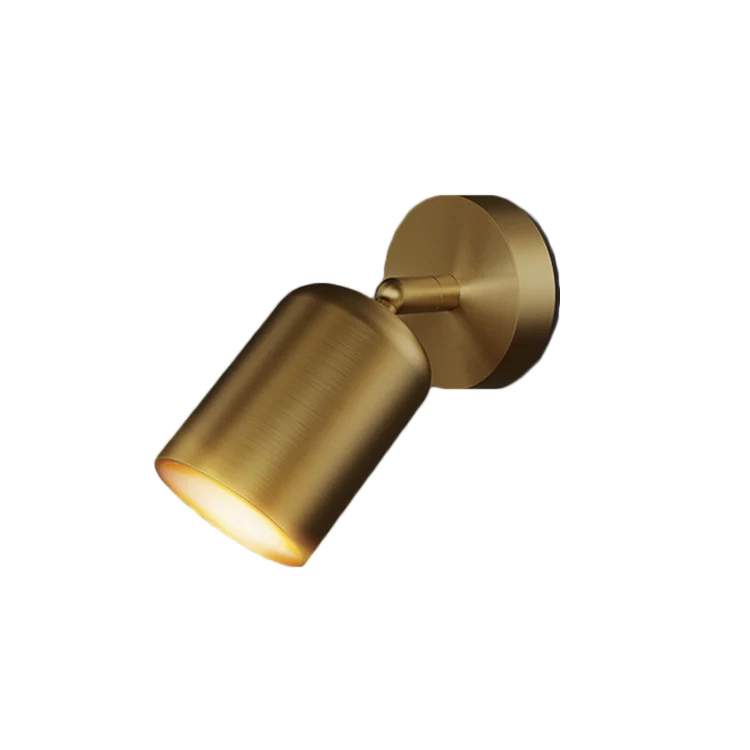LEAFLETS
PRODUCTS
Illuminating Nights The Perfect Desk Lamp Guide
Understanding Your Needs: The Foundation of Choosing a Desk Lamp
Before diving into specific lamp features, the guide stresses the importance of self-assessment. It encourages readers to consider their workspace and its characteristics. Are you working in a brightly lit room or a dimly lit corner? What type of tasks will you primarily perform under the lamp’s light? Detailed tasks like reading, writing, or drawing require a different type of illumination compared to general tasks like browsing the internet or watching videos. The guide emphasizes that the “perfect” lamp is subjective and depends heavily on individual needs and preferences. It guides the reader through a series of questions designed to pinpoint their specific requirements, laying the groundwork for an informed decision.
Further, it highlights the importance of considering your personal preferences. Some prefer a minimalist, sleek design, while others might favor a more traditional or ornate style. The guide acknowledges that the aesthetics of the lamp shouldn't be overlooked; a lamp you find visually appealing will be more likely to enhance, rather than detract from, your workspace. It encourages readers to think about their existing décor and how the lamp will integrate into the overall aesthetic of their space. This holistic approach ensures that the chosen lamp is not only functional but also contributes to a pleasant and inspiring work environment.
Illumination Technology: Beyond the Bulb
Illuminating Nights goes beyond simply suggesting "LED is best." It provides a detailed breakdown of different light technologies available in modern desk lamps, including LED, incandescent, fluorescent, and halogen. For each technology, it discusses the advantages and disadvantages, considering factors like energy efficiency, lifespan, color temperature, and light quality. For instance, while LEDs are lauded for their energy efficiency and longevity, the guide cautions against overly bright or harsh LEDs, which can strain the eyes. It stresses the importance of selecting lamps with adjustable brightness settings, enabling customization based on the task at hand and the time of day.
The guide also delves into the importance of color temperature, measured in Kelvin (K). It explains how different color temperatures affect mood and productivity. Cooler color temperatures (5000K-6500K) are often preferred for tasks requiring concentration, while warmer color temperatures (2700K-3000K) create a more relaxed and inviting atmosphere. The ability to adjust color temperature provides users with unparalleled control over their workspace’s ambiance, catering to different moods and tasks throughout the day. This nuanced explanation empowers readers to make informed choices based on their individual needs and preferences.
Design and Functionality: Ergonomics and Aesthetics
The guide dedicates a substantial portion to the ergonomic aspects of desk lamp design. It emphasizes the importance of adjustable features such as height, arm length, and head tilt, allowing users to position the light precisely where it's needed to avoid glare and shadows. This ensures optimal lighting for the task at hand, minimizing eye strain and promoting comfort. Furthermore, it explores different base designs – weighted bases for stability, clamp-on designs for space-saving solutions, and flexible gooseneck lamps for maximum adjustability – helping readers choose a design that best suits their workspace and workflow.
Beyond functionality, the guide highlights the importance of aesthetic appeal. It presents a diverse range of lamp styles, from minimalist and modern to classic and traditional, encouraging readers to select a lamp that complements their personal taste and workspace décor. It showcases examples of lamps with different materials, finishes, and overall designs, illustrating the vast array of options available to cater to diverse preferences. This approach ensures that the perfect desk lamp is not merely a functional tool but also an aesthetically pleasing addition to the workspace.
Health and Well-being: The Impact of Proper Lighting
Illuminating Nights doesn't stop at technical specifications; it explores the significant impact of proper lighting on health and well-being. It discusses how inadequate lighting can contribute to eye strain, headaches, and even sleep disturbances. It emphasizes the importance of choosing a lamp with sufficient brightness, proper color temperature, and appropriate glare control to minimize these risks. By understanding these connections, readers can appreciate the crucial role a well-chosen desk lamp plays in maintaining their physical and mental health.
The guide also touches upon the psychological benefits of good lighting. A well-lit workspace can enhance focus, boost mood, and improve overall productivity. Conversely, a dimly lit or poorly illuminated space can lead to fatigue, frustration, and reduced efficiency. The guide reinforces the idea that investing in a high-quality desk lamp is an investment in one's well-being and productivity, fostering a more comfortable and efficient workspace.
Finding Your Perfect Lamp: A Practical Guide
Finally, Illuminating Nights concludes with practical advice on where to find and purchase the perfect desk lamp. It suggests various retailers, online marketplaces, and specialty stores, providing resources for consumers to conduct their research and make informed purchasing decisions. It advises readers to carefully consider reviews, compare prices, and prioritize quality over solely focusing on cost. The guide empowers readers to make a well-informed choice, ensuring they obtain a desk lamp that meets their needs and exceeds their expectations.
In essence, Illuminating Nights: The Perfect Desk Lamp Guide transforms the seemingly mundane task of choosing a desk lamp into an engaging and enlightening experience. By providing a comprehensive and well-structured guide, it helps readers to appreciate the crucial role lighting plays in productivity, health, and overall well-being, ultimately leading them to find the perfect illumination for their unique needs and preferences.
SUBSCRIBE
INQUIRY










